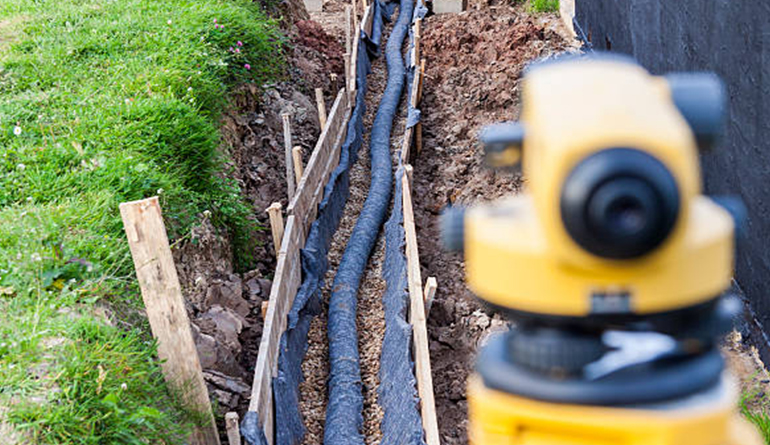
Transmission Line Survey
A transmission line survey involves a comprehensive assessment of factors necessary for the planning, design, construction, maintenance, or operation of electrical transmission lines. These lines are essential for transporting electricity from power generation facilities to distribution networks or to interconnect different parts of a power grid. Here are the key components of a transmission line survey:
Route Selection: Surveyors evaluate potential routes for new transmission lines or expansions to existing ones. This involves studying topographic maps, conducting field surveys, considering factors such as terrain, land use, environmental impact, safety, regulatory requirements, and minimizing community disruption.
Topographic Survey: Similar to other surveys, topographic mapping along the proposed transmission line route is essential. This includes mapping natural and man-made features such as elevation, slopes, existing infrastructure, water bodies, vegetation, and potential obstacles.
Alignment Survey: Determining the precise location and alignment of the transmission line route, including towers, poles, anchor points, and necessary clearances. This is crucial for ensuring the safe and efficient transmission of electricity and adherence to engineering standards.
Geotechnical Survey: Assessing soil and geological conditions along the transmission line route is essential for designing stable foundations, evaluating tower or pole placements, and minimizing risks such as landslides, erosion, and subsidence. Geotechnical surveys evaluate soil types, stability, bearing capacity, groundwater levels, and seismic hazards.
Environmental Survey: Transmission line projects require environmental impact assessments to identify and mitigate potential ecological sensitivities. Surveys may include assessments of habitats, water resources, air quality, noise levels, and cultural heritage sites, as well as compliance with regulations related to wildlife protection, pollution control, and visual impact.
Right-of-Way Survey: Determining the boundaries and ownership of land needed for transmission line construction involves conducting right-of-way surveys. This includes legal research, boundary marking, negotiations with landowners, and acquisition of necessary property rights.
Utility Survey: Identifying the location of underground utilities such as cables, pipelines, and communication networks is critical to avoid conflicts during transmission line construction and minimize service disruptions.
Line Clearance Survey: Ensuring that there is adequate clearance between the transmission line and surrounding vegetation, buildings, roads, and other structures to maintain safety and prevent interference with the operation of the line.

